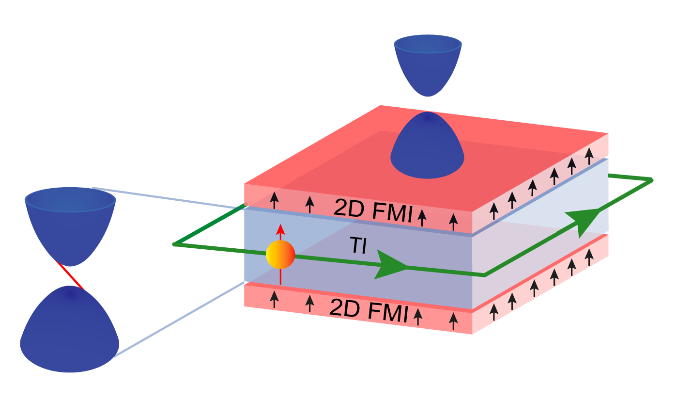
A Monash University-led research team has discovered that a structure comprising an ultra-thin topological insulator sandwiched between two 2D ferromagnetic insulators becomes a large-bandgap quantum anomalous Hall insulator.
Such a heterostructure provides an avenue towards viable ultralow energy future electronics, or even topological photovoltaics.
Topological Insulator: The Filling in the Sandwich
In the researchers’ new heterostructure, a ferromagnetic material forms the ‘bread’ of the sandwich, while a topological insulator (ie, a material displaying nontrivial topology) ...
Read More









Recent Comments